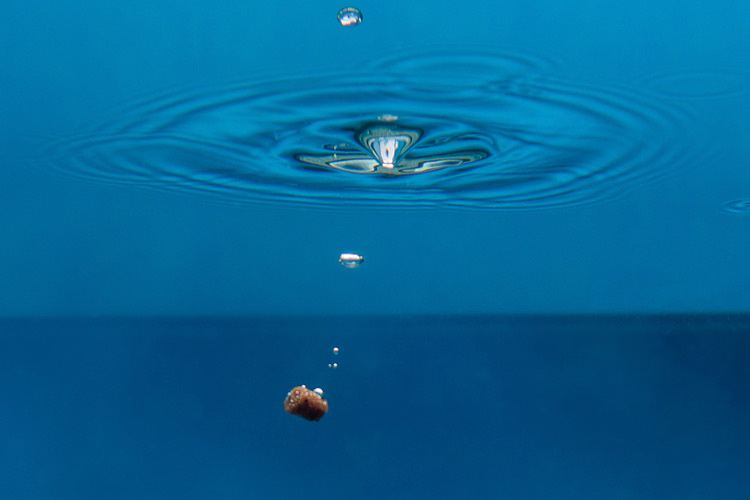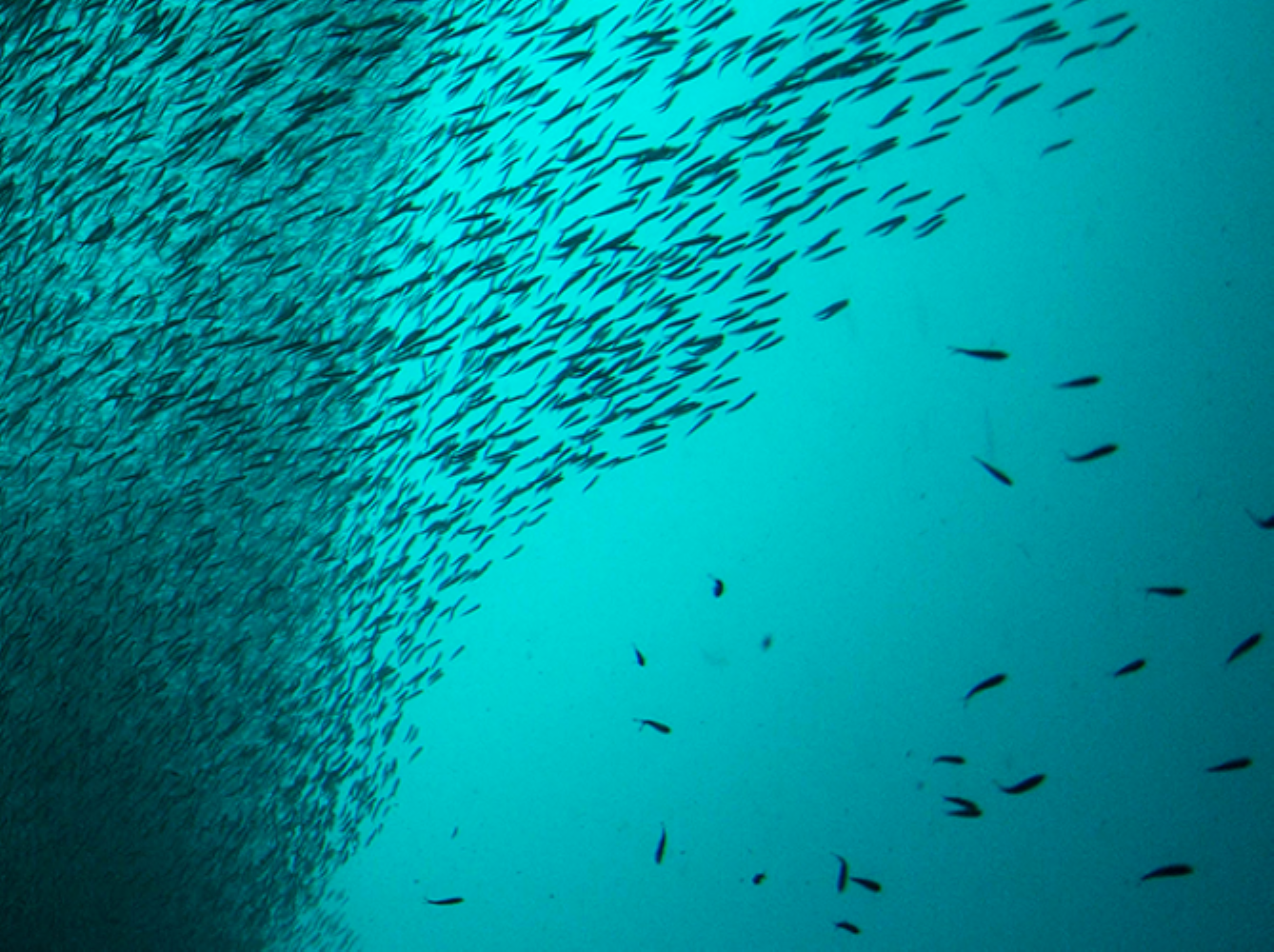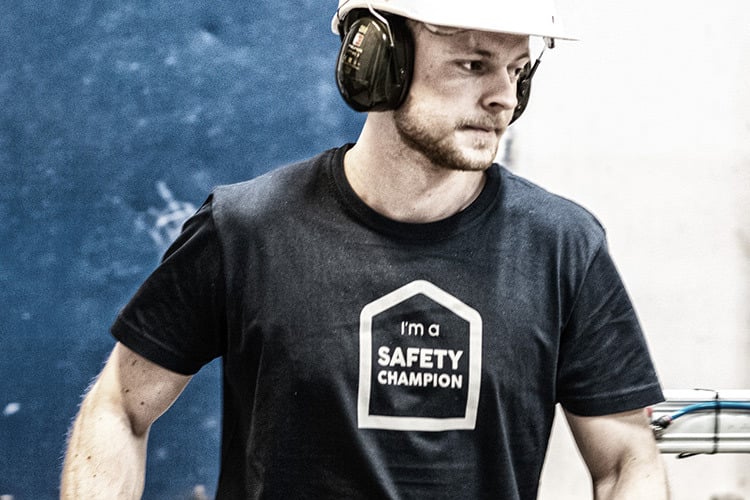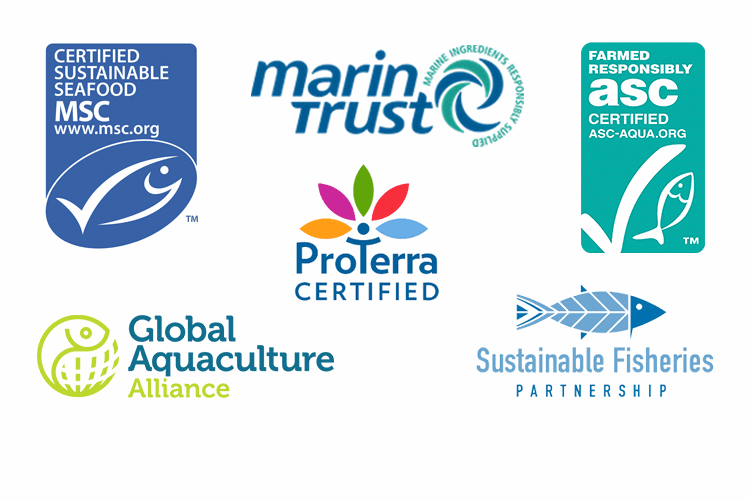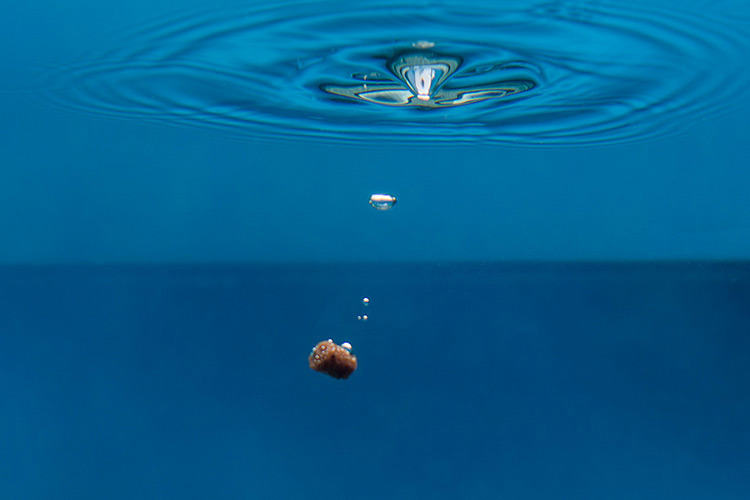
Impact report fish feed Skretting Norway 2024
All food production has a footprint, and we in Skretting work hard to do our part as sustainable as possible. To succeed in achieving our ESG targets and constantly get better in what we do, we need to measure. We also believe that we need to be transparent and share this data with our customers and the public. That is why Skretting Norway annually publish our footprint report with information of our impact on the environment.
46 % green house gas reduction for the feed since 2020
The raw materials we use have the biggest impact on our footprint and the Skretting fed fish. For 2024 the greenhouse emissions (GHG) reduction for 1 kg of feed was 46 percent lower than 2020. Our baseline year for our SBTi commitment is 2018, but we are planning to update our SBTi targets and will mostly likely change the baseline year from 2018 to 2022. The kg CO2eq/kg reduction from 2022 to 2024 is 18 percent for our feed. Feed is the major part of a salmon's scope 3, so any reduction we manage to achieve will have impact on the footprint of salmon.
The main reasons for the substantial drop in green house gas emissions are partly due to changes in the raw materials we use. (See the section about emissions for more information).
From 2023 to 2024 the carbon footprint per kg feed was reduced with 11.3 percent so that Skretting feed in 2024 had an emission factor of 1.41 kg CO2eq per kg feed. The total emissions were reduced by 7.2 percent while our production increased by 5.3 percent. Skretting Norway's absolute GHG footprint at factory gate was 892,979 tonne CO2eq in 2024.
We have also worked purposefully with efficient resource and energy use for more than a decade, and our factories are today the best in class. In 2023 we transferred one of our boilers from natural gas to electricity. This reduced our scope 1 substantially, but our scope 2 increased more due to the emission factor of a market-based calculation of electricity in Norway vs. the emission factor for natural gas. So from 2024 we decided to only use green electricity and started to purchase certificate of origin for all the electricity we use—in effect eliminating scope 2. For more information and detailed GHG data go to the emissions page.
Certified and responsible fisheries—FFDR below 1 in 2024
Skretting Norway only buys marine raw materials from whole fish that are certified or subject to a Fishery Improvement Project (FIP). All species and their origin can be found here, including information about the vegetable raw materials we use. Plus, other data that is important for our planet, people and animals.
The Forage Fish Dependency Ratio (FFDR) dropped below 1 in 2024, with a FFDR for fish oil at 0.69 and 0.43 for fish meal. The trimmings proportion in fish meal and oil combined was 36.5 percent. The FiFo value for 2024 was 0.49.
For more information about the use of wild fish, certification, species and origin, go to the marine raw materials page.
